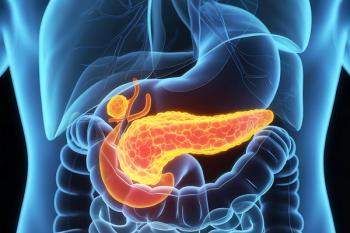
Weak Anion Exchange Chromatography Used to Fractionate Urine Proteome
Scientists have used stepwise weak anion exchange (WAX) chromatography to fractionate the urine proteome and to enrich low-abundance proteins that are often obscured by high-abundance proteins.
A team of Taiwanese scientists has used stepwise weak anion exchange (WAX) chromatography to fractionate the urine proteome and to enrich low-abundance proteins that are often obscured by high-abundance proteins such as albumin and immunoglobulin. Led by Chih-Ming Lu of Kaohsiung Medical University (Kaohsiung, Taiwan), the team accomplished this through the removal of high-abundance proteins by progressively eluting the proteome with various salt solutions.
The ability to analyze urine proteins is essential to the identification, diagnosis, and progression monitoring of various diseases, including bladder cancer, lung cancer, ovarian cancer, prostate cancer, membranous nephropathy, diabetic nephropathy, nephritic syndrome, and glomerular nephrotoxicity. Two-dimensional gel electrophoresis (2-DE) is used to map the complex protein makeup of urine; however, the resolution of these maps is inadequate because the high-abundance proteins mask the low-abundance proteins.
In the study, which was published in the April 2011 issue of Proteome Science, the team details the attempts to apply various methods to urine proteome protein separation, and the shortcomings of each method. To avoid the problems encountered in alternative techniques, the team used a modified, stepwise, non-fixed volume, isocratic elution weak anion exchange chromatography fractionation approach. The urine proteome was separated into four fractions, progressively eluted until no protein was detected in the eluent. Protein identification was accomplished through LC–MS-MS.
The team concludes that the stepwise elution anion exchange chromatography effectively removes high-abundance proteins from urine protein, and potentially can lead to the enrichment of low-abundance proteins, diversified fractionations of various bodily fluids, more comprehensive profiling of protein expression, and identification and quantitation of protein isoforms. The team believes that this technique will contribute to the establishment of a complete monoclonal antibody bank of urine protein that can be used to screen for various diseases simply and expediently.
Newsletter
Join the global community of analytical scientists who trust LCGC for insights on the latest techniques, trends, and expert solutions in chromatography.





